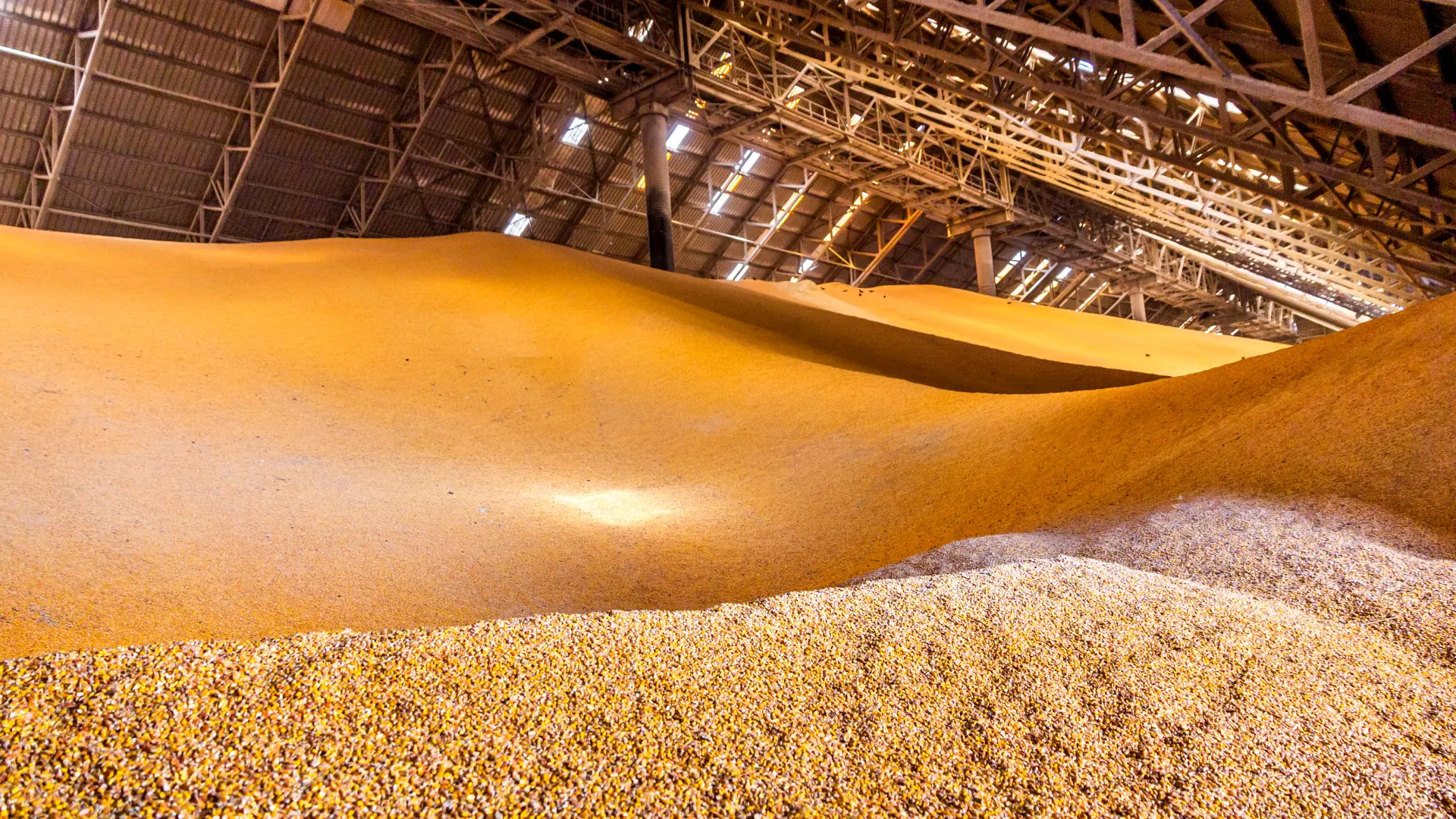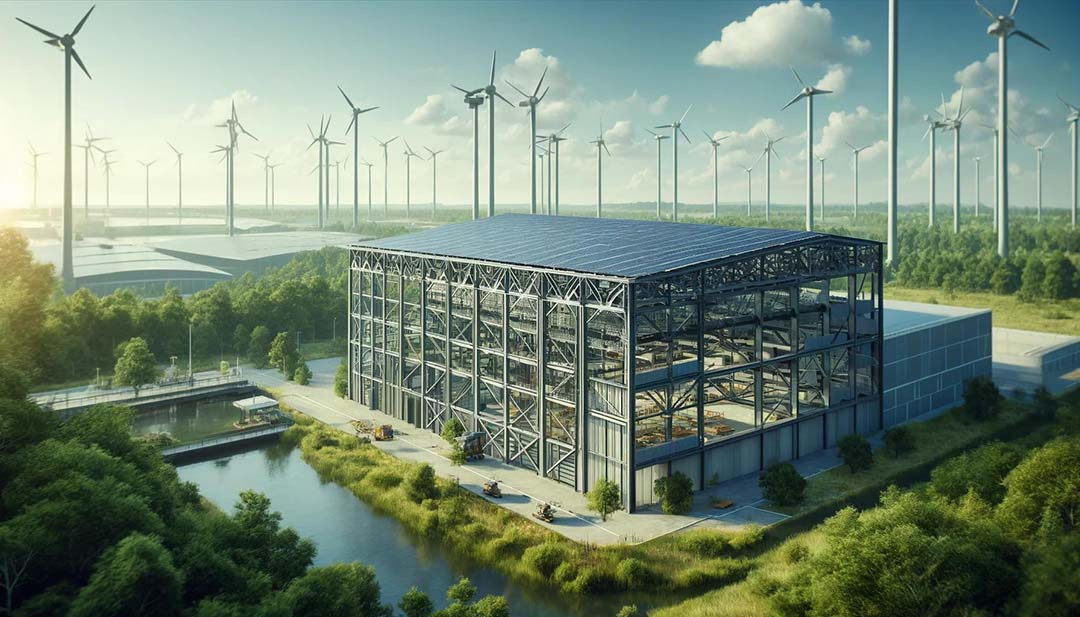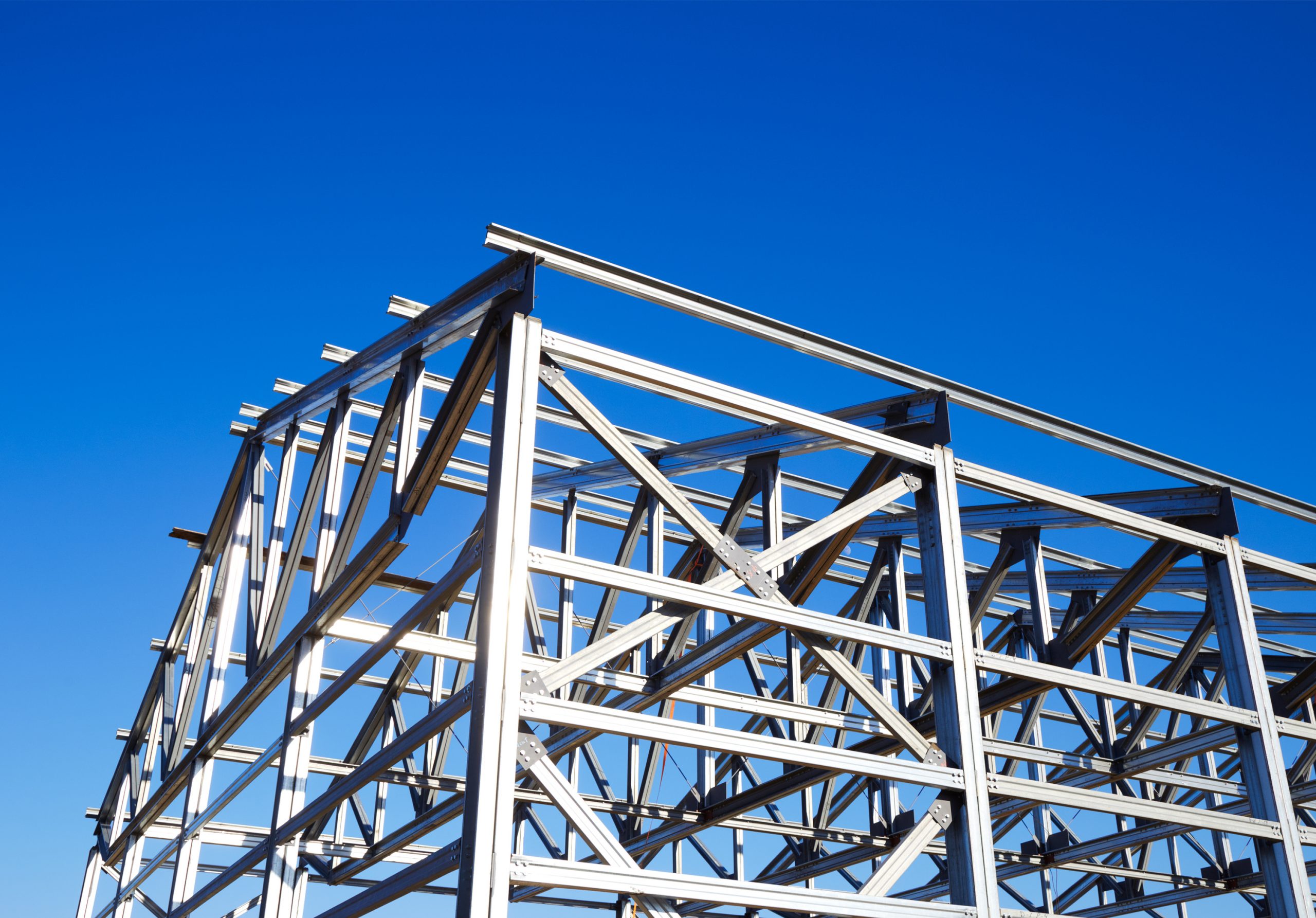When you’re planning to erect a steel building, whether it’s for residential, commercial, or agricultural purposes, it’s not just planning permission you need to think about (as discussed in our previous article, “Do I Need Planning Permission for a Steel Building on My Land?”). You also need to ensure that your building adheres to certain standards and safety regulations. This article outlines the key standards and regulations in the UK that apply to steel buildings.
Understanding Building Regulations
Building regulations are standards set by the UK government, focusing on ensuring buildings are safe, efficient, and accessible. These regulations cover aspects like structural integrity, fire safety, energy efficiency, and accessibility. It’s crucial to comply with these regulations to ensure the safety and legality of your building.
Structural Integrity
Structural integrity is paramount for any building, especially for steel structures which often support heavy loads. The design must comply with British Standards and Eurocodes for structural design. These standards ensure the building can withstand various forces such as wind, snow, and seismic activities.
Fire Safety
Fire safety regulations are crucial to protect life and property. Steel buildings must be designed with fire-resistant materials and include fire exits, smoke alarms, and sometimes sprinkler systems, depending on the building’s size and use.
Insulation and Energy Efficiency
Energy efficiency is increasingly important in building regulations. Your steel building should have adequate insulation to minimise heat loss, contributing to energy conservation and reducing heating costs. The regulations set specific U-values (a measure of heat loss) for walls, roofs, and floors.
Accessibility
If your steel building is accessible to the public or used as a workplace, it must comply with accessibility regulations. This includes providing access for people with disabilities, such as wheelchair ramps and accessible toilets.
Planning for Safety
In addition to building regulations, there are other safety considerations to take into account during the construction and use of your steel building.
Health and Safety at Work
The Health and Safety at Work etc. Act 1974 sets out the general duties which employers have towards employees and members of the public, and employees have to themselves and to each other. These are the main health and safety regulations and apply to all aspects of building construction and maintenance.
Construction (Design and Management) Regulations 2015
These regulations, known as CDM 2015, are intended to ensure that health and safety issues are properly considered during a project’s development so that the risk of harm to those who build, use and maintain structures is reduced. They apply to all building and construction work and include new build, demolition, refurbishment, extensions, conversions, repair and maintenance.
Regular Maintenance and Inspections
Regular maintenance and inspections are vital to ensure ongoing safety and compliance. This includes routine checks of structural components, roofing, insulation, and fire safety systems.
Environmental Considerations
Environmental considerations are increasingly becoming a part of regulatory compliance. This includes managing waste during construction, ensuring that materials are sourced sustainably, and considering the building’s carbon footprint.
Waste Management
Proper waste management during construction is essential. The Waste (England and Wales) Regulations 2011 require businesses to manage waste responsibly, which includes ensuring it is stored, transported, and disposed of without harming the environment.
Sustainable Materials
Using sustainable materials can contribute to a building’s environmental performance. Steel is often a good choice as it’s recyclable and durable.
Conclusion
Ensuring your steel building adheres to the required standards and safety regulations is crucial. This includes compliance with building regulations covering structural integrity, fire safety, energy efficiency, and accessibility. Additionally, adherence to health and safety standards during construction, regular maintenance, and environmental considerations are vital.
Remember, while this article provides an overview, it’s always advisable to consult with professionals for detailed guidance specific to your project. By doing so, you not only ensure the safety and legality of your building but also contribute to a safer and more sustainable environment.








